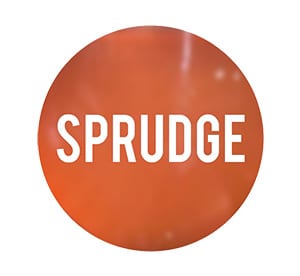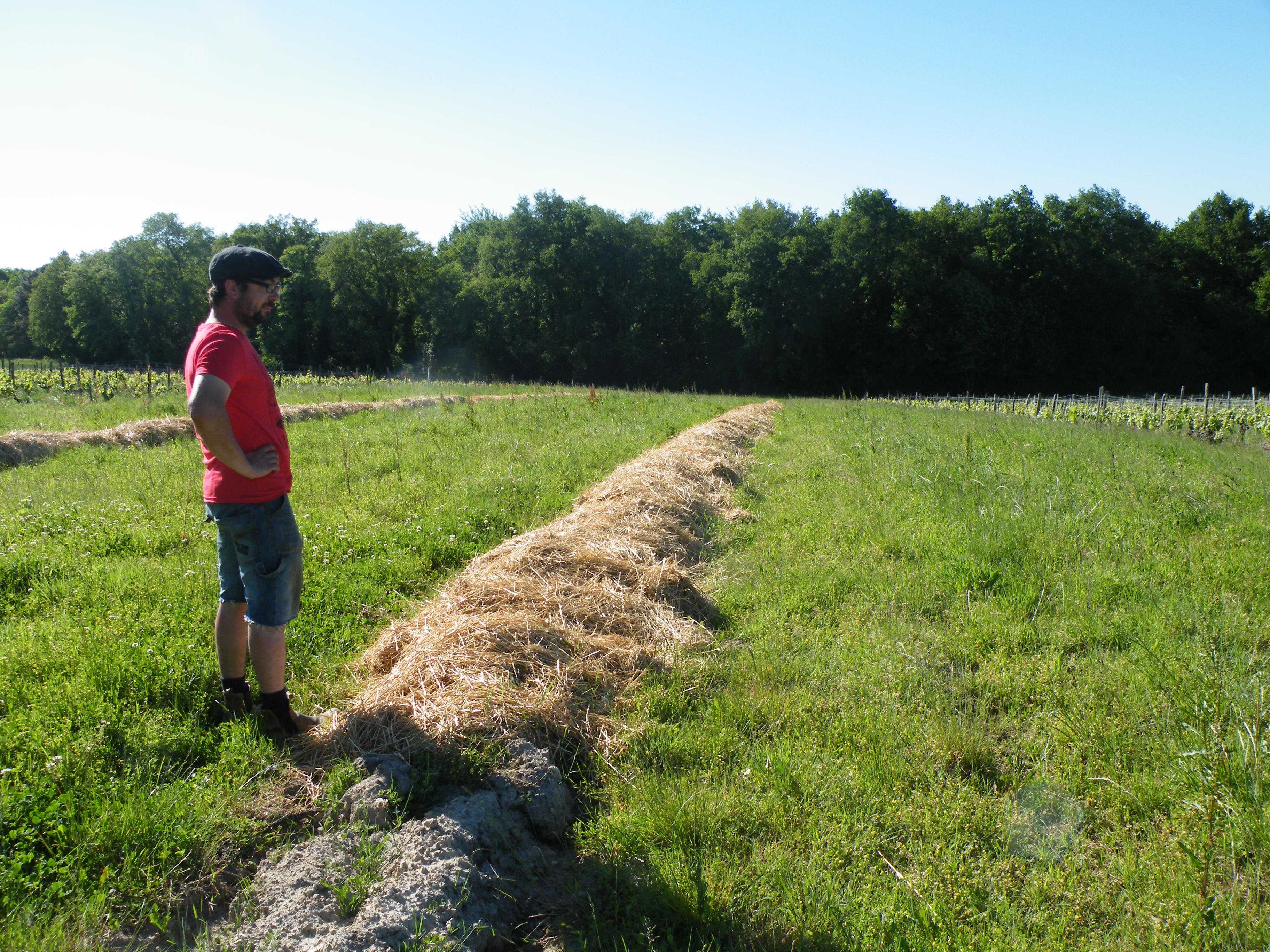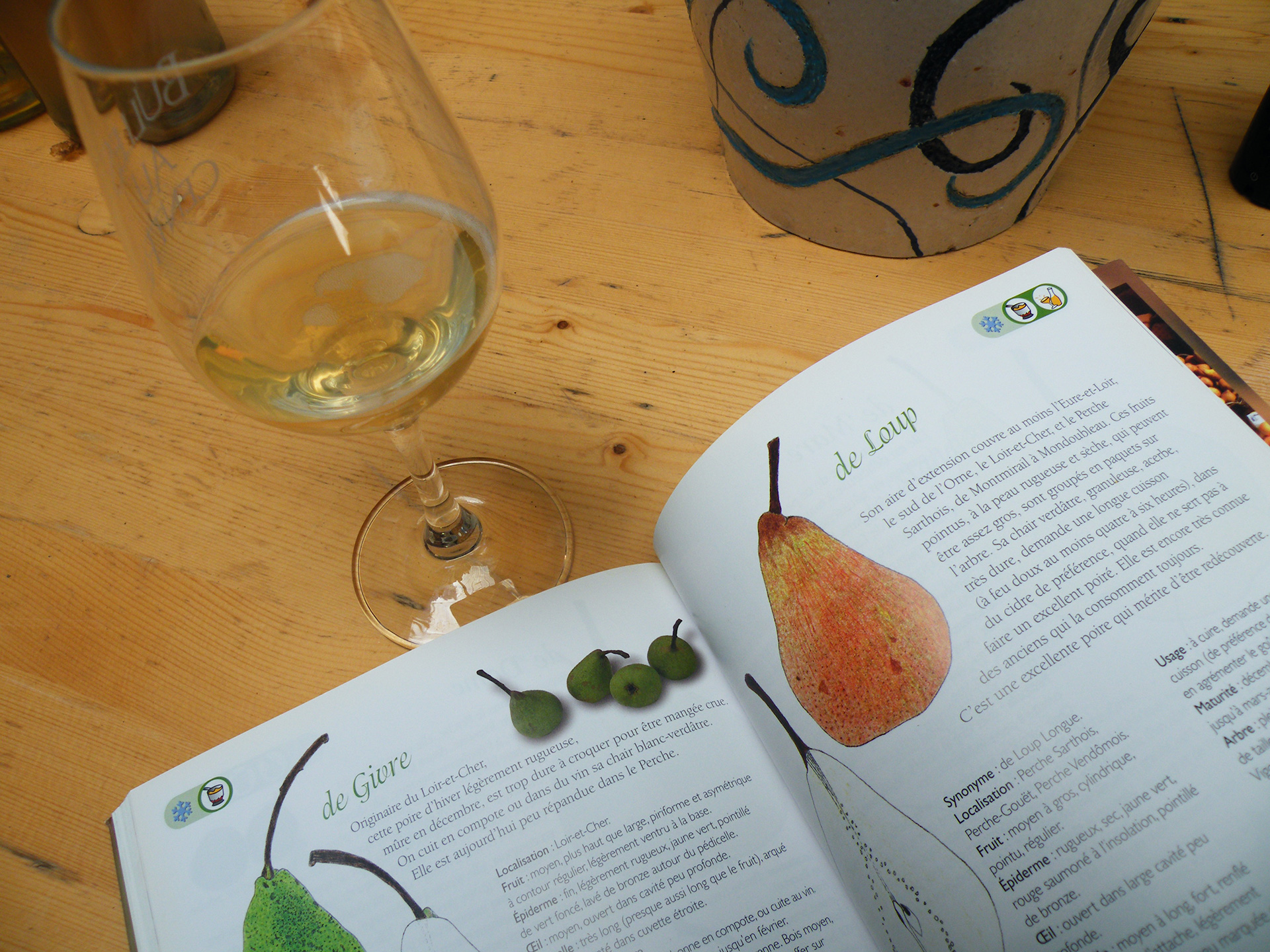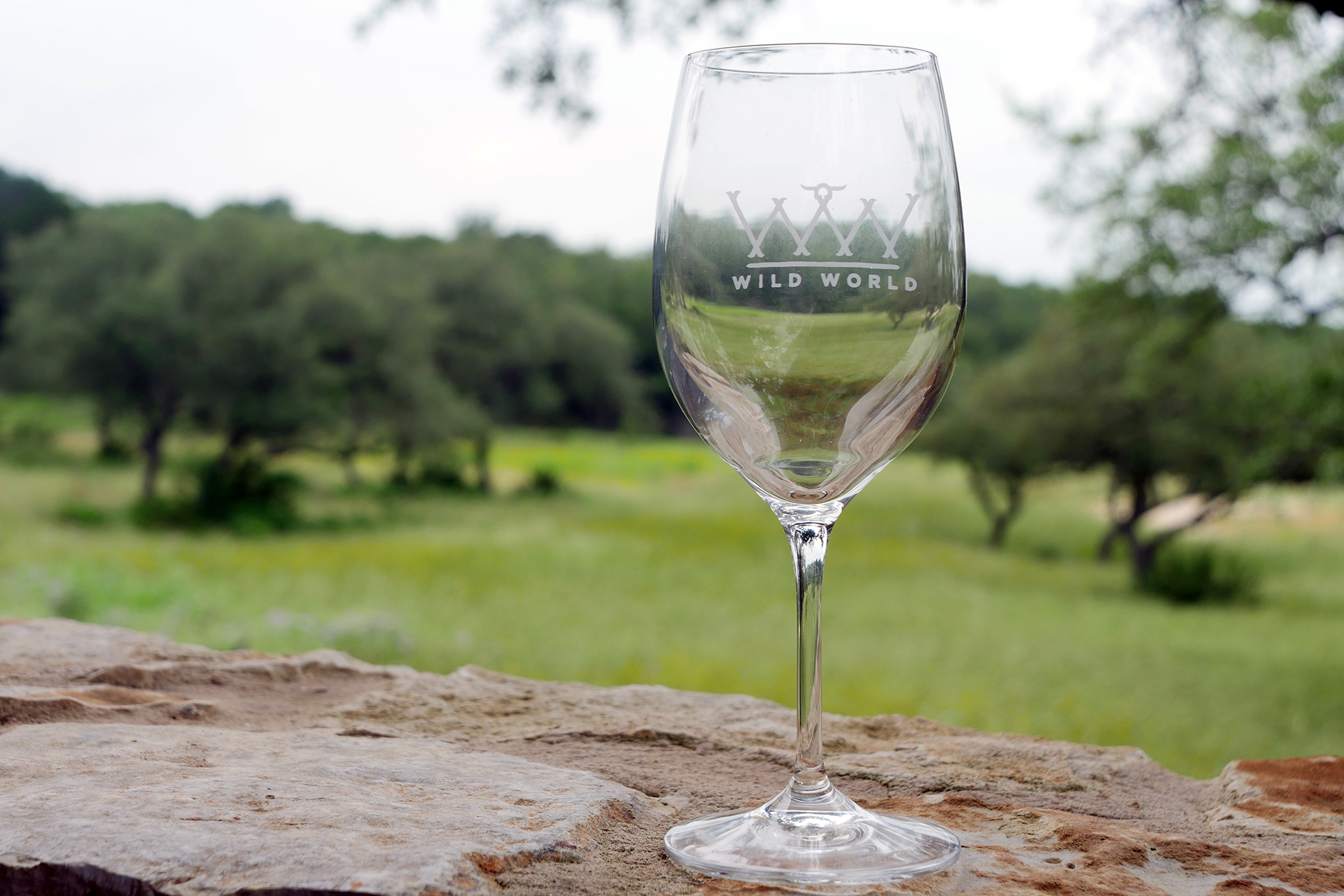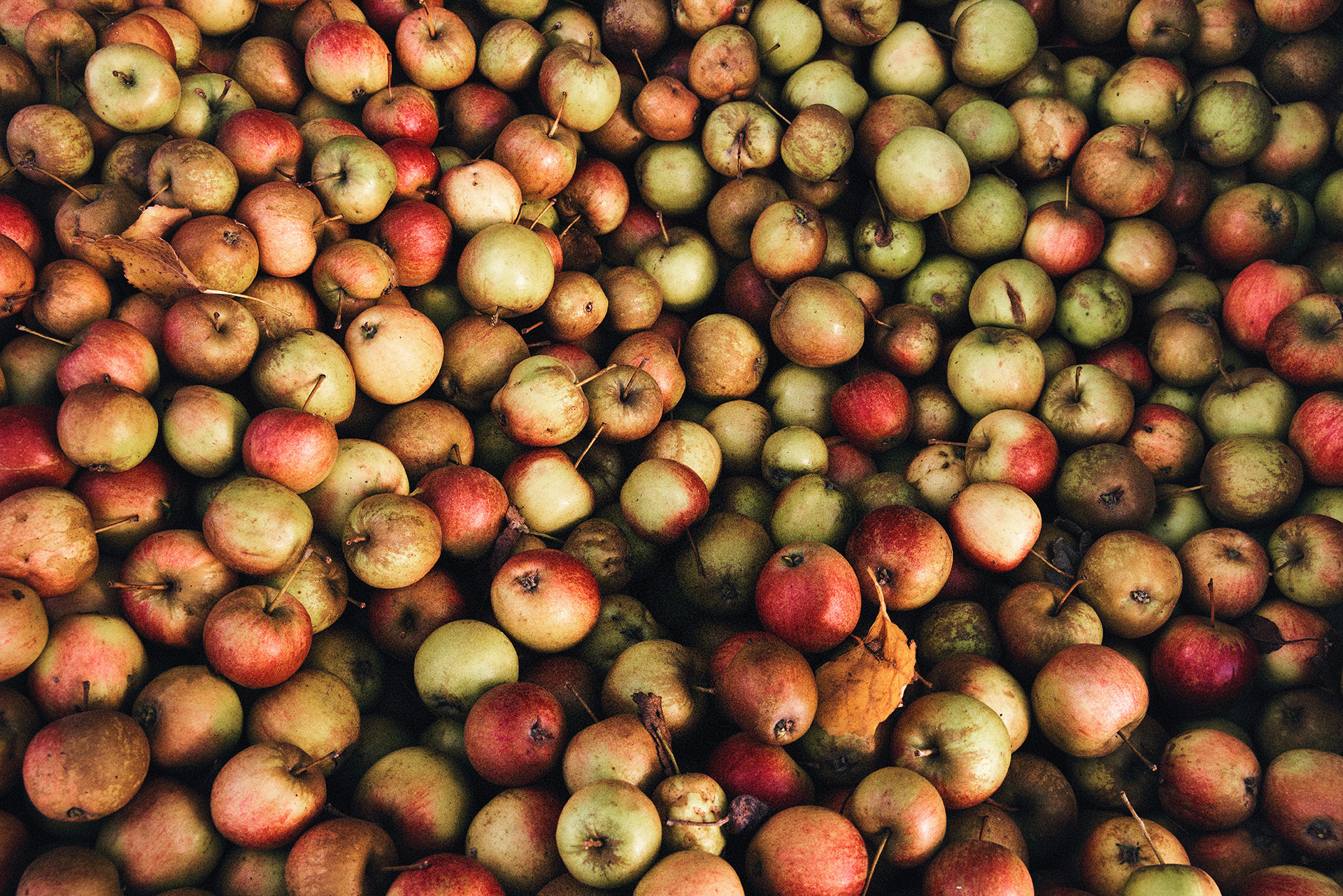“That’s where the sheep will go,” says Julien Pineau, pointing to a sloping field leading to the forest on the outer edges of the Clos Roche Blanche. We’re in the Loire Valley—the commune of Mareuil-sur-Cher, to be specific, near the city of Tours—and Pineau is the new proprietor of what Chambers Street Wines in New York calls “one of the most important estates in the Loire Valley and an inspiration to young vignerons who followed their conversion to organic and biodynamic farming and more natural methods of winemaking.”
“This will all be fruit trees,” Pineau says, gesturing to the space between a parcel of 120-year-old vines of Côt and younger Gamay vines. At the moment, the plot of land is occupied by straw-covered mounds of potato plants, which Pineau hopes will last his young family through the winter. His plans represent the future of the Clos, but they’re also a tribute to the agricultural history of the region and an attempt to develop a more stable economic model for the vineyard.
“All the residents here have been peasants,” Pineau explains, referring to the townsfolk of past generations. “Each family had varying amounts of land, and they all had a plot of grapevines.” Each home in Pouillé—where Pineau has 6,5 hectares of grapevines—has a similar story. Every property has a history of families who managed small-scale farms, whose activities included winemaking, vegetable growing, and caring for livestock (just like the house I moved to less than a year after my first harvest season in the region). Learning about the local history of our home makes it clear that biodiversity is not some fad here in the Loire. Indeed, the interconnectedness of agriculture is key to the economic and natural environment of this village.
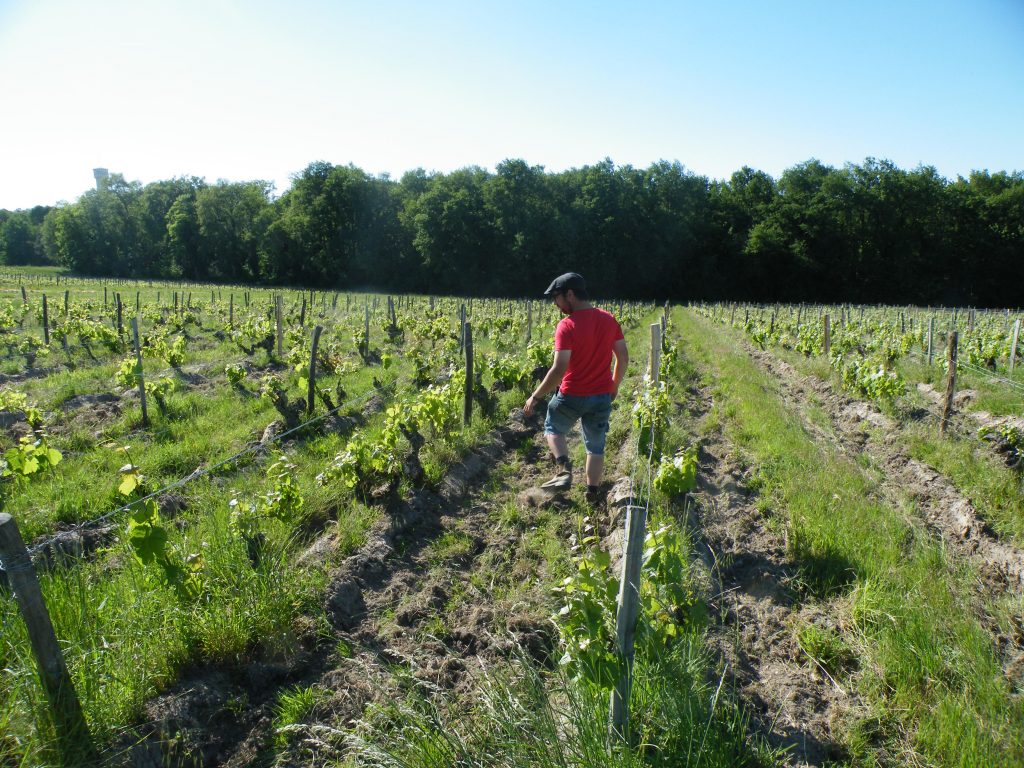
“When you think about the amount of time that we’ve been cultivating grapevines as a monoculture, it really hasn’t been that long,” Pineau says. “The house that I’ll be moving to [in the neighboring village of Mareuil] was owned by a man who was devoted to polycultural practices: He had a vegetable garden, a horse, chickens, rabbits. When the vines were attacked by frost, he could count on other sources of revenue to survive.” It’s not surprising that Pineau is looking to the past for examples of how to weather the threat of frost in the present. The effects of a changing climate and harsh conditions are on French winemakers’ minds now more than ever.
Having narrowly escaped a disastrous season for frost last year, La Tesnière—the elevated expanse of Pouillé that is home to fellow natural winemakers including Noëlla Morantin, Pascal Potaire, Laurent Saillard, and the Domaine des Maisons Brulées—wasn’t as lucky this year. In the early days of spring, La Tesnière was hit hard by the frost—some winemakers lost almost 90 percent of their vines to the destruction brought by predawn temperature drops.
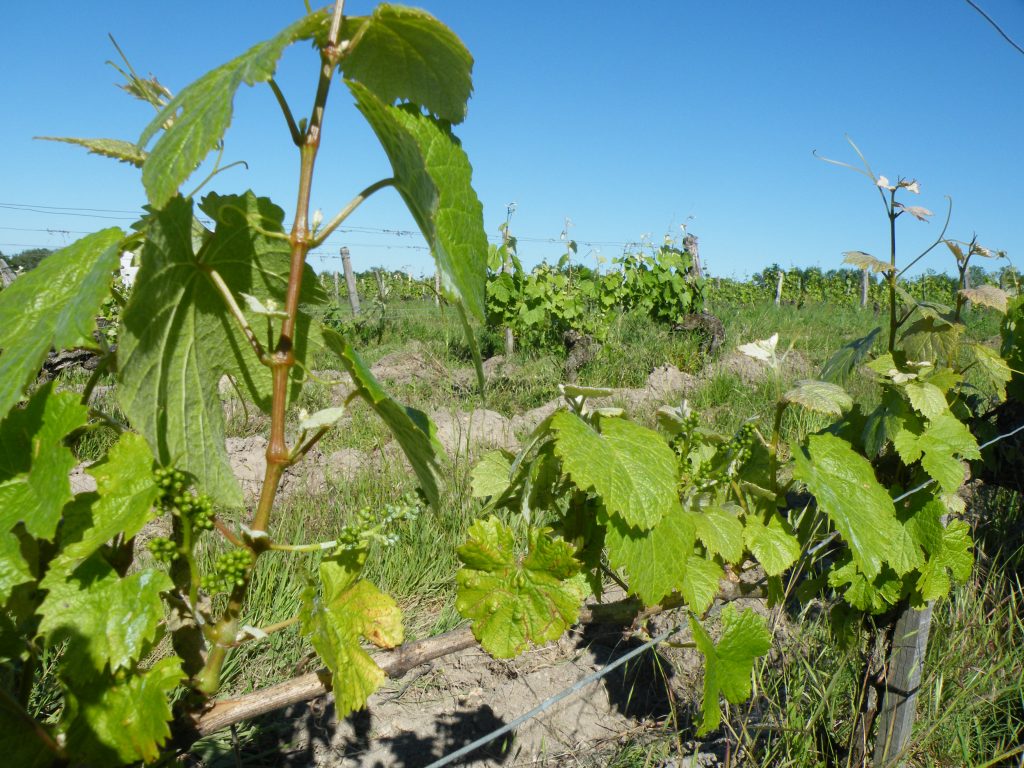
Pineau’s losses were not among the worst, but they were significant nevertheless. While his Côt—the old vines next to the potato patch—fared well after being worked by hand and horses exclusively since Pineau took over the domaine, he lost 60 percent of his Sauvignon along with some of his Gamay and Cabernet. The recurrence of the frost—along with mildew, grazing deer, hailstorms, and increasingly cold winters and hot summers—has jarred the natural wine community in France. “When you have frost four out of six years, you start to ask yourself some questions,” Pineau explains, adding that even before the challenges of the frost, he was already rethinking his vineyard model. “Last year I had already decided that it’s impossible to base your revenue on one form of agriculture, especially one that’s particularly sensitive to frost.”
Expanding the biodiversity of his vineyard has become a key component of Pineau’s business plan, which he hopes will assure economic stability in what are sure to be increasingly unsure years to come. It’s a practice that has additional ornamental benefits as well. “[Biodiversity] also brings a new aesthetic element to the landscape, which interests me because it’s important to feel good in the place where you work,” he says.
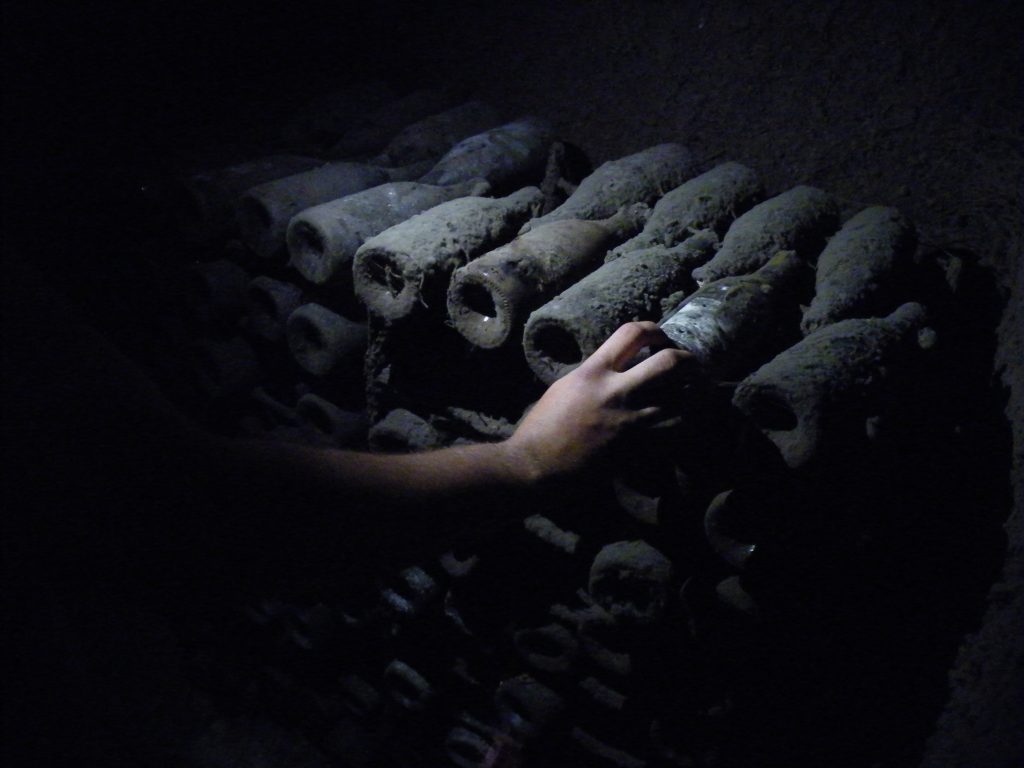
While we tasted the juices from last year’s harvest, many still fermenting in the cellar, Pineau explains how he became the successor at Clos Roche Blanche after a year under the tutelage of former head winemaker Didier Barrouillet. Pineau met Barrouillet in 2010 when the experienced winemaker gave a presentation on insects to Pineau’s viticulture/enology class at the agriculture school in nearby Amboise. “He didn’t even talk about wine, or grapevines for that matter,” Pineau says. “He just talked about insects and flowers.”
Three years later, Pineau would find himself back in Pouillé, working for Noëlla Morantin during the pruning season. During that time he discovered that Barrouillet and Catherine Roussel, the owner of Clos Roche Blanche, were planning to retire and sell their vines. Pineau jumped at the opportunity, buying the domaine along with a fellow former Noëlla employee, Laurent Saillard, with whom he split the 13 hectares of Gamay, Côt, Cabernet, Pineau d’Aunis, and Sauvignon.
Although the Clos Roche Blanche was known for its bold bottles of full-bodied Côt and its lighter Pineau d’Aunis rosé, Pineau’s wines embrace the subtlety of the terroir while remaining straightforward and expressive. As he approaches his third year of winemaking, his vintages are coming into their own, mirroring their inventive and polyvalent maker. The 2016 Sauvignon juices that we tasted from the stainless-steel fermenter are supple, with a generous mouthfeel due partially to the fact that fermentation takes place sur lies up until bottling day. The Pineau d’Aunis opens to reveal a floral aromas followed by the satisfying pepper and spiciness of the varietal in the mouth. The Cabernet presents a smoky nose but delivers a fresh, juicy fruit when tasted, balancing acidity with the roundness of Cabernet.
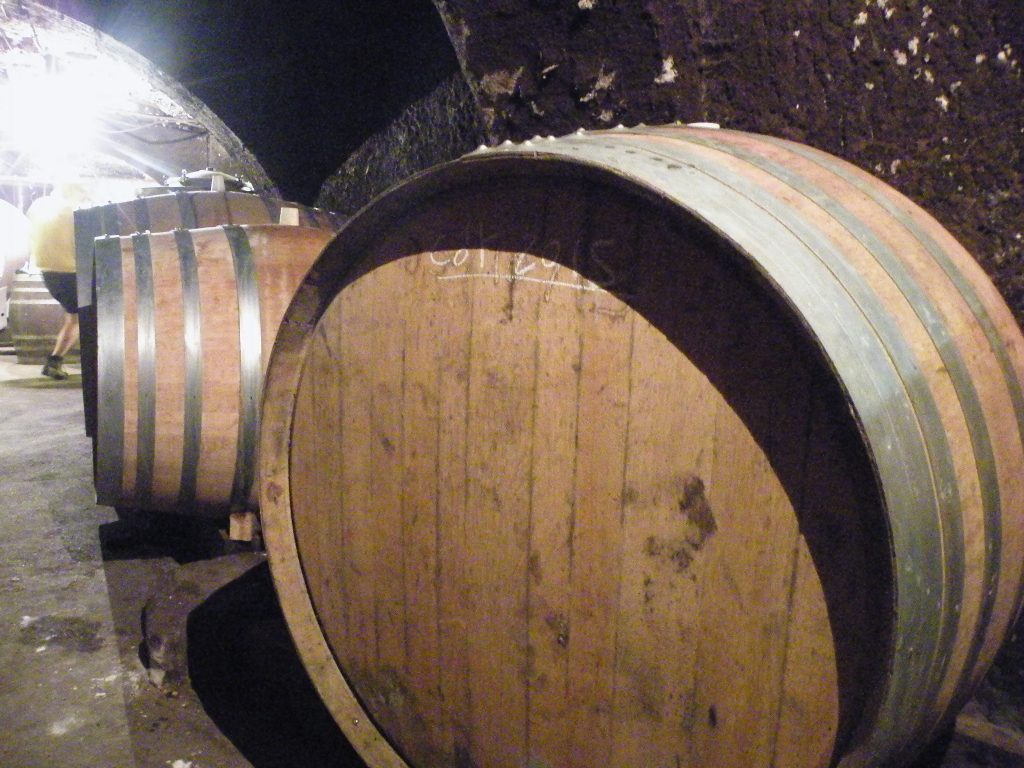
Pineau’s vintages mark a departure from what was produced in the wine cellar during the Barrouillet years—focusing on nuanced and lighter notes to express the terroir—but the spirit remains the same. Barrouillet was not only responsible for transforming the domaine into a certified biodynamic vineyard more than 30 years ago, making it a happy home for his friends (the insects and flowers), he was also responsible for planting the Sauvignon that is now among Pineau’s more popular vintages.
Following in Barrouillet’s footsteps has ironically meant undoing some of his work. “As you can see, I’m in the process of uprooting a good amount of the vines so I can plant new varietals,” Pineau tells me as we walk the vineyards. He plans to plant indigenous grapes in the newly vacant plots, including whites typical of the region such as Menu Pineau and Romorantin.
Pineau doesn’t plan on stopping at new varietals, either. Along with his girlfriend Juliette Bouchaud, whose background is in biodynamic farming, he intends to continue focusing on bringing even more diversity to their vineyard. “I don’t want to spend my whole life talking just about wine,” Pineau says, while pouring a taste of the single-barrel Côt that has been aging since 2015. “I want to make cider, grow pears, shear sheep,” he says, thinking of the endless possibilities. The idea feels young, a solution to a modern-day need to adapt to changing climates and challenges in the realm of winemaking. But the practice is rooted in the days of old, small-scale farming saving the day, and perhaps even the profession itself, one winemaker at a time.
Emily Dilling (@parispaysanne) is a freelance journalist and based in the Loire Valley. Read more Emily Dilling on Sprudge Wine.
